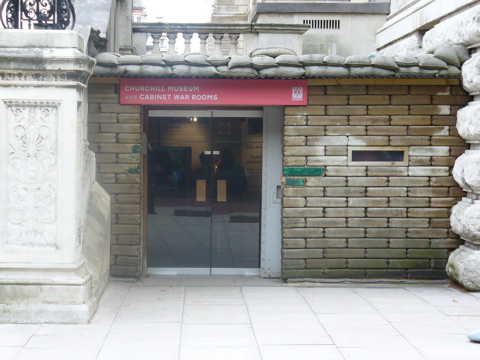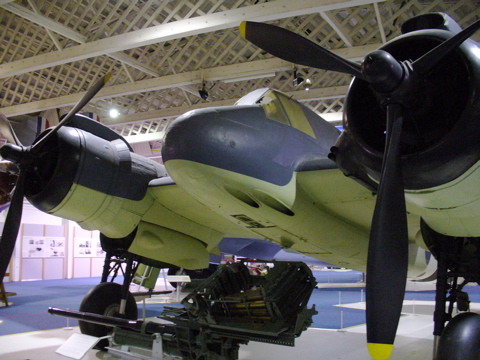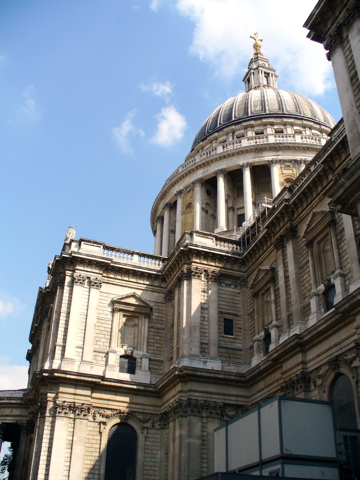The shave of the future NOW!
While trawling through newspapers I keep an eye out for interesting aircraft-related advertisements. These are not uncommon, most obviously in relation to industries which could claim some relationship with aviation (after any record-breaking flight, there was usually at least one ad pointing out how much the triumphant pilot owed to some petroleum product or other). […]






